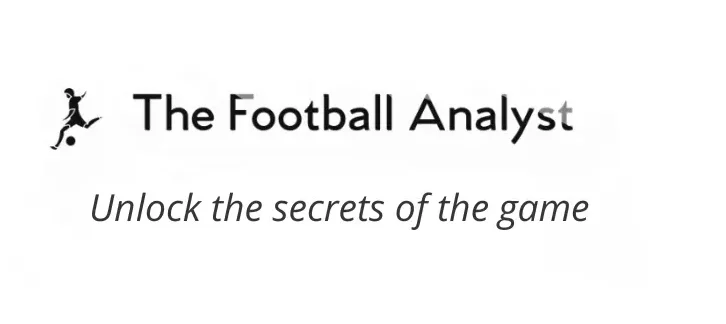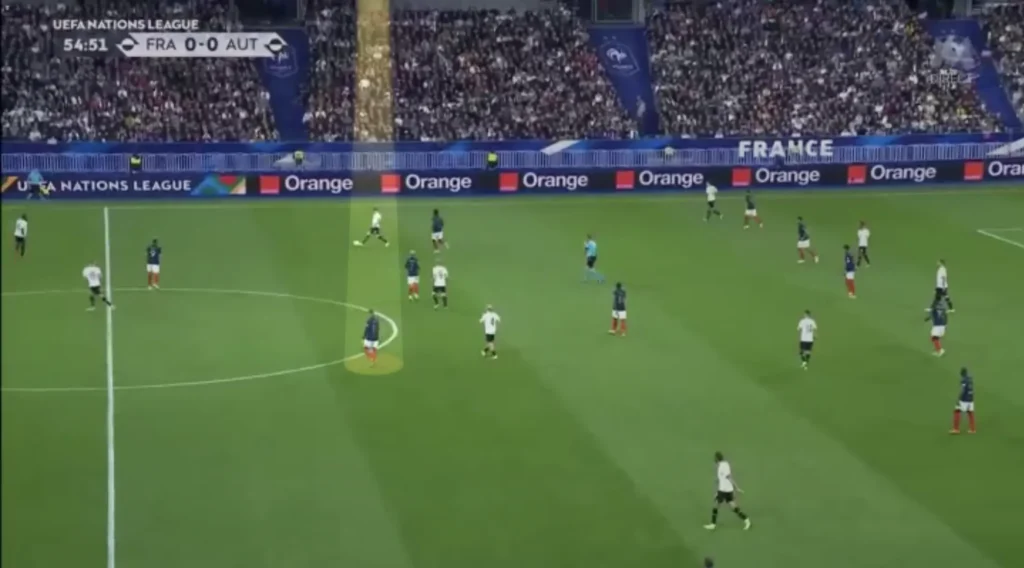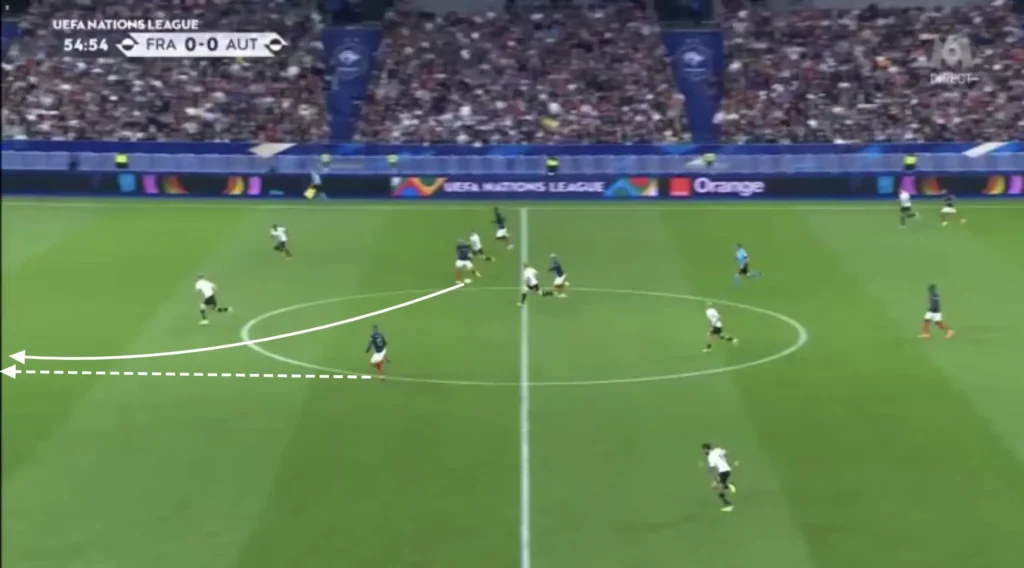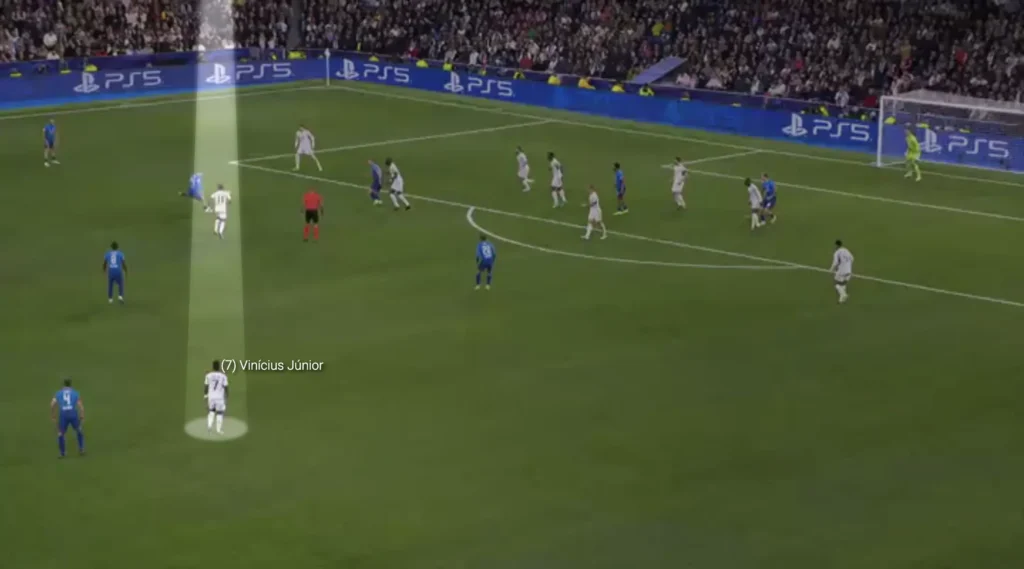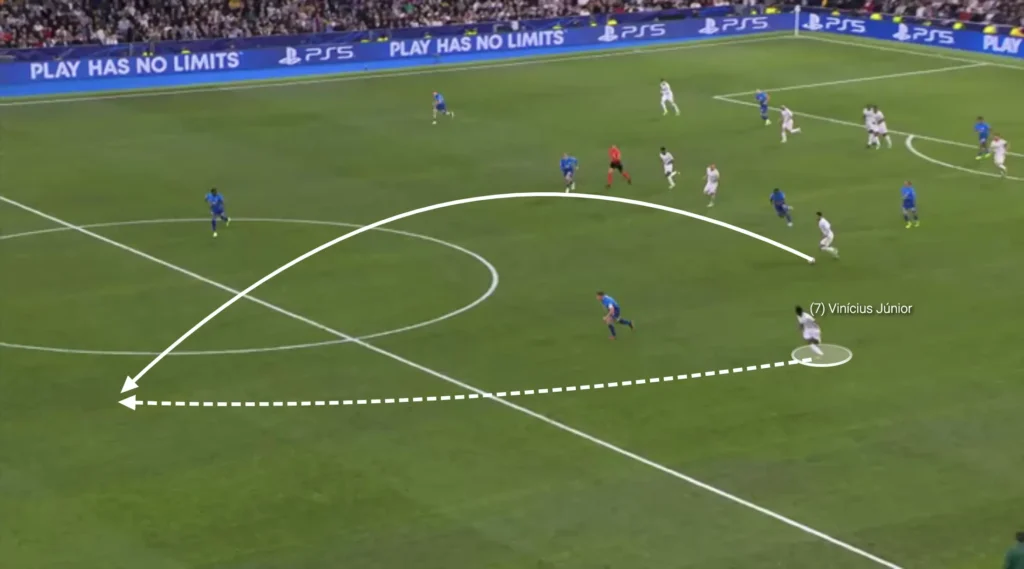In modern football, tactical innovation often revolves around maximizing efficiency and control in transitional phases of play. One such concept, Rest-Attack, offers a fascinating perspective on how teams prepare their attacking structure during defensive phases. Although less popularized than its counterpart, Rest-Defence, Rest-Attack holds immense potential to influence a team’s ability to capitalize on transitions.
What Is Rest-Attack?
The term Rest-Attack mirrors the concept of Rest-Defence, which originates from the German “Restverteidigung.” Rest-Defence focuses on maintaining defensive stability during possession phases, ensuring players are strategically positioned to counter potential turnovers. Rest-Attack, on the other hand, shifts the focus to offensive preparation during defensive phases. It describes how players organize themselves, either consciously or instinctively, to exploit spaces and create immediate attacking opportunities upon regaining possession.
Rest-Attack operates on the principle that transitions are key moments in football. By aligning defensive structures to facilitate attacking opportunities, teams can gain a decisive edge. While not widely recognized in coaching terminology, the concept has long been an unconscious element of elite football. Pep Guardiola famously noted that a team’s positional play determines their possibilities during transitions, a notion that applies seamlessly to Rest-Attack. Defensive stability and offensive readiness are inherently linked, with one shaping the other.
How Rest-Attack Works
To understand Rest-Attack in detail, it helps to first revisit Rest-Defence and examine its mirrored relationship with Rest-Attack. Rest-Defence is a tactical framework that divides a team’s positional responsibilities during possession into distinct layers. These layers ensure the team can swiftly transition to a defensive setup in case of a turnover. It typically includes:
- Rest-Field Coverage: Midfielders and defenders are positioned to control central spaces and block potential passing lanes.
- Counterpressing Players: Those closest to the ball focus on immediate recovery efforts, aiming to disrupt the opponent’s counterattack.

Rest-Attack applies similar principles but in reverse, focusing on offensive transitions:
- Rest-Offense Structure: Players positioned further from the ball prepare to exploit gaps in the opponent’s defensive shape. They maintain optimal spacing to stretch the field and offer passing outlets.
- Immediate Transition Exploiters: Players closer to the ball anticipate turnovers and position themselves to quickly advance into attacking spaces or create overloads.
A well-executed Rest-Attack ensures the team is not only defensively stable but also primed to capitalize on moments of regained possession. This dual-purpose approach enhances both the defensive and offensive phases of play.
To illustrate, consider a team defending deep in their half. While central midfielders compactly shield the defense, wide players position themselves near the halfway line. This placement allows them to act as immediate outlets during a counterattack, stretching the opponent’s defensive lines and creating opportunities for quick transitions.
Effective Rest-Attack depends on seamless coordination between players, tactical awareness, and the ability to anticipate game scenarios. By training these elements, teams can ensure their defensive organization supports offensive ambitions.
The Role of Positional Play
Rest-Attack heavily relies on positional play principles. The positioning of players during defensive phases should enable seamless movement into attacking roles. For example:
- Wide Players: Wingers and fullbacks maintain width and positioning that allow them to quickly advance into offensive areas.
- Strikers and Advanced Midfielders: These players often remain in positions where they can exploit central spaces or run in behind the opposition defense.
- Midfielders: Deep-lying midfielders act as the link between defense and attack, positioning themselves to receive the ball and orchestrate counters.
A well-drilled team can use Rest-Attack to dictate the tempo of transitions. By having players in positions that support both immediate ball recovery and attacking intent, teams reduce the reaction time needed to exploit turnovers effectively.
Practical Applications of Rest-Attack
Implementing Rest-Attack in training sessions and matches requires tactical awareness and clear communication. Coaches can focus on:
- Game-Like Scenarios: Design drills that replicate defensive transitions and encourage players to anticipate attacking opportunities.
- Player Roles and Responsibilities: Clearly define the tasks of each player during defensive phases and how they connect to offensive transitions.
- Video Analysis: Analyze game footage to identify moments where Rest-Attack positioning can be optimized.
For instance, a team defending deep may position wingers or a striker near the halfway line to create immediate outlets for a counterattack. Meanwhile, midfielders remain compact to provide passing options and retain possession.
Rest-Attack in Modern Football
Though less discussed than Rest-Defence, Rest-Attack has been subtly utilized by top teams in world football. Consider Ancelotti’s Real Madrid or Klopp’s Liverpool: both teams use their defensive shape to influence attacking opportunities. One or two of Real’s attackers often stay high while defending, allowing them to stretch the field upon recovering the ball.
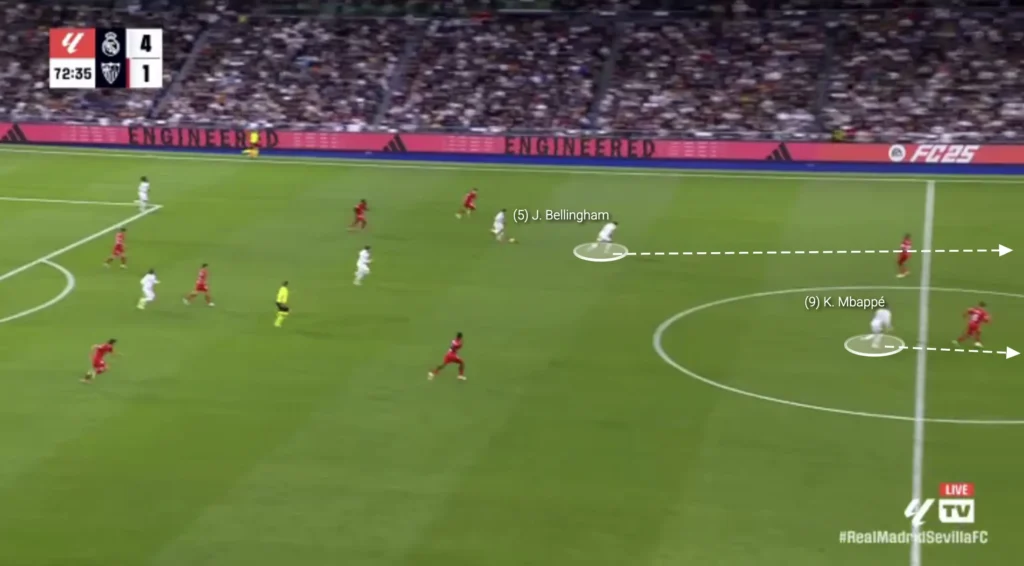
Similarly, under Jürgen Klopp, Liverpool’s wingers and fullbacks positioned themselves to exploit transitions and create counterattacks, using pinpoint passes and overlapping runs.
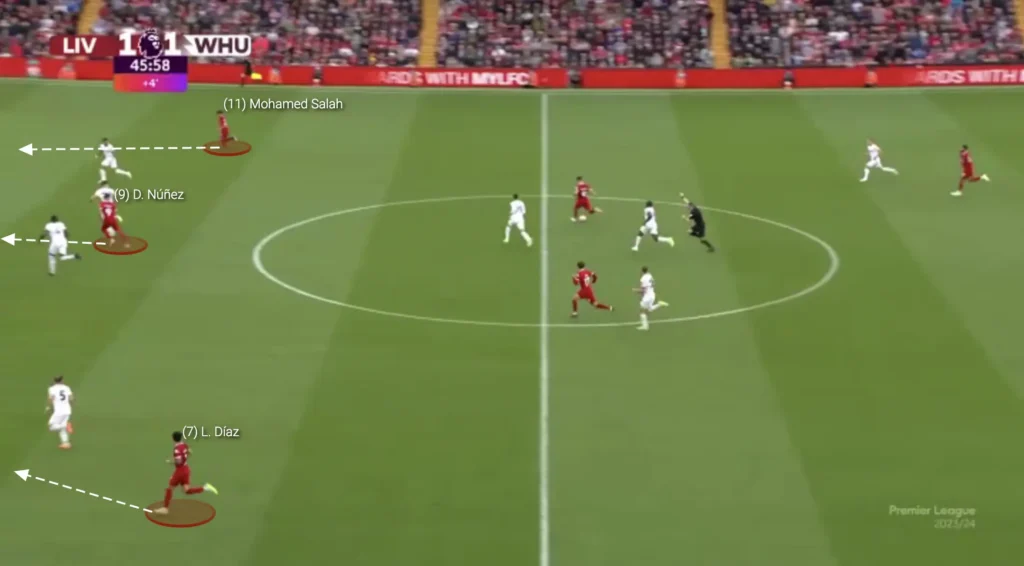
This interconnectedness of game phases highlights the importance of Rest-Attack. A team’s ability to seamlessly transition from defense to attack depends on how well they prepare during defensive phases. By consciously integrating these principles into their tactics, teams can gain a crucial edge in high-pressure matches.
Conclusion
Rest-Attack is a relatively untapped concept in football tactics, but its potential to reshape the way teams approach transitions is undeniable. By positioning players strategically during defensive phases, teams can prepare for offensive opportunities and maximize their efficiency in attacking transitions. As football continues to evolve, Rest-Attack could become a cornerstone of modern tactical systems, further demonstrating the intricate and dynamic nature of the beautiful game.
